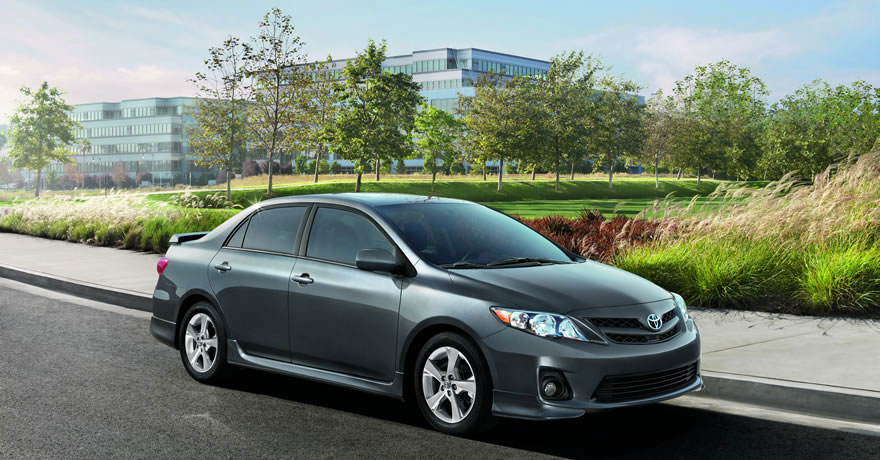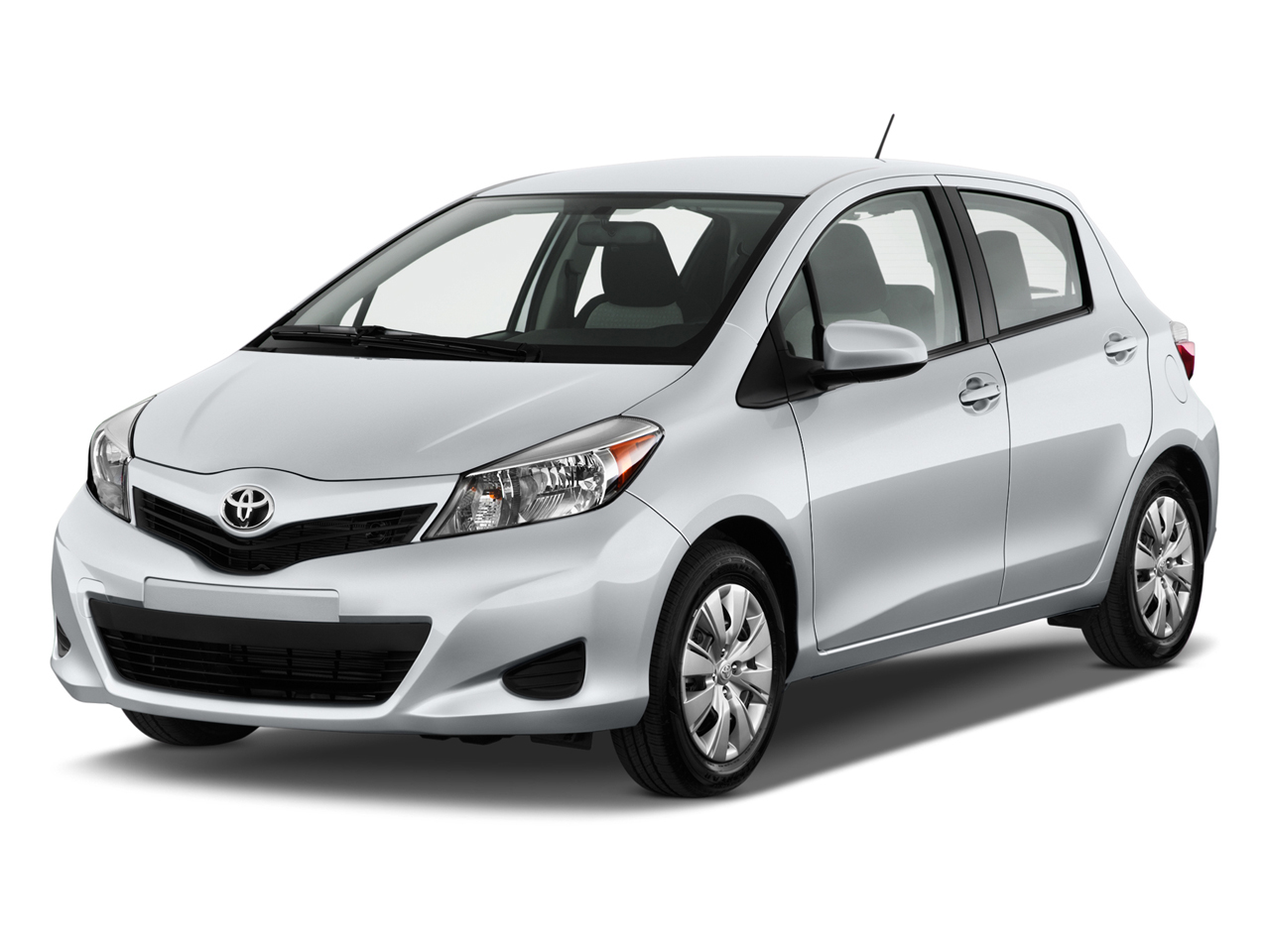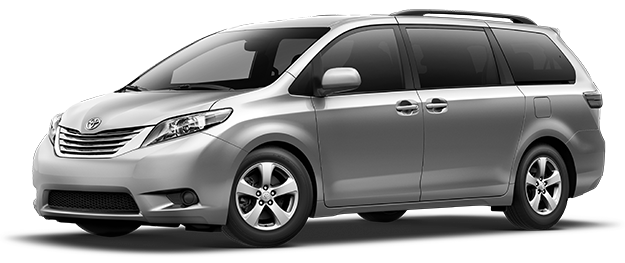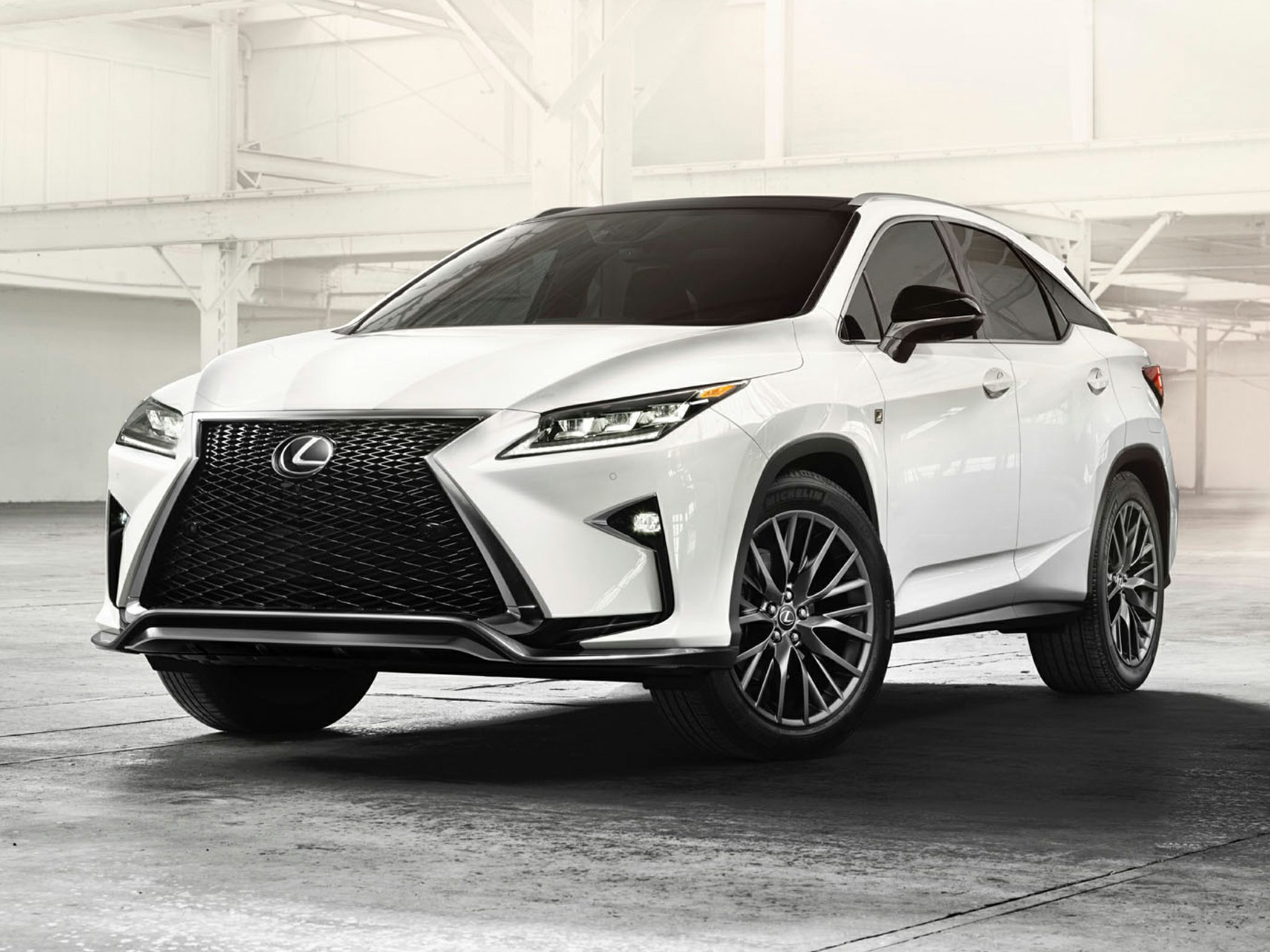- New Generation i30 prices start from £16,995
- Introducing the new 1.4 T-GDi 140PS engine with 6 speed manual or 7 speed DCT transmission
- 3 cylinder 1.0 T-GDi joins the i30 range for the first time
- New Generation i30 hatchback the first in a family of models
Hyundai Motor UK has officially announced the pricing and specification of the New Generation i30, which will go on sale in the UK on 1st March.
New Generation i30 offers a high level of standard safety equipment, with Lane Departure Warning System, Forward Collision Warning System, Lane Keep Assist, Autonomous Emergency Braking and Hill Start Assist Control featuring on all models.
Standard technology and connectivity equipment also feature with all New Generation i30’s benefitting from DAB and Bluetooth regardless of trim level.
Prices will start from £16,995 for the i30 S 1.0 T-GDi 120PS 6 speed manual, which offers 15” alloy wheels, LED daytime running lights, DAB radio with USB and aux connections, Bluetooth with steering wheel controls, electric front and rear windows and driver seat height adjustment.
From £18,695, the i30 SE 1.0 T-GDi 120PS Manual builds on S trim level by offering customers additional equipment including 16” alloy wheels, front fog lamps, DAB radio with 5” LCD touchscreen, rear parking assist system, rear view camera and leather steering wheel. SE specification is also available with a 1.6 CRDi 110PS, with 6 speed manual transmission.
Moving further up the range, the i30 SE Nav 1.0 T-GDi 120PS Manual at £19,645 continues with SE specification and adds additional enhancements to technology and connectivity, with integrated satellite navigation with 8” LCD touchscreen, Bluetooth with voice recognition and wireless phone charging*. As a £1000 customer option, SE Nav specification is available with the Visibility Pack, which comprises dual LED headlights, 17” alloy wheels and dual zone climate control.
SE Nav specification is also the first trim level to introduce the new 1.4 T-GDi 140PS engine, available with a 6 speed manual, or 7 speed DCT transmission, whilst the 1.6 CRDi 110PS engine, available with either a 6 speed manual or 7 speed DCT transmission, is an additional customer option.
Raising the specification further, Premium starts at £22,195 for the 1.4 T-GDi 140PS Manual. Premium trim includes 17” alloy wheels with uprated Michelin tyres, dual zone climate control, electronic parking brake with auto hold function, privacy glass and heated front seats with artificial leather/cloth seat facings. Drivers also benefit from an electrically adjustable seat, a supervision instrument cluster with 4.2” display and driver assistance systems including front and rear parking assist system and blind spot detection system with rear cross traffic alert and LED front headlights and rear combination lights. At Premium trim level, the 1.4 T-GDi with a 7 speed DCT transmission and a 1.6 CRDi 110PS engine with either a 6 speed manual or 7 speed DCT transmission are also available.
The top of the range Premium SE enters the range at £23,495 for the 1.4 T-GDi 140PS Manual, adding panoramic sunroof, leather seat facings and a heated steering wheel to the Premium specification. Premium SE is also available with the 6 speed manual, 7 speed DCT transmission, with either the 1.4 T-GDi 140PS or 1.6 CRDi 110PS.
New Generation i30 is available in a choice of 11 colours, with a new colour Engine Red joining Polar White as solid finish, no cost options. Stargazing Blue, Demitasse Brown, Intense Copper, Fiery Red, Platinum Silver, Micron Gray, Phantom Black, Ara Blue and White Sand are all metallic or pearl paint finishes, a £585 option.
Tony Whitehorn, President and CEO Hyundai Motor UK said “The i30 has played a significant part in Hyundai’s transformation over the past decade; with over 117,000 i30’s sold in the UK since the first generation was launched in 2007. The second generation i30 achieved nearly 70,000 sales and we have solid expectations for the New Generation i30. The original i30 was the model that sowed the seeds of our growth and we are confident that the New Generation i30 will again bring new customers into the brand with its great looks, technology and confident dynamic abilities.”
All New Generation i30 models come with Hyundai’s industry leading 5 Year Unlimited Mileage Warranty, 5 Year Roadside Assistance package, 5 Year Annual Health Check, and 12 Year Anti Corrosion Warranty.
New Generation i30 Pricing
| Model | Fuel Type | CO2Emissions (g/km) | VED Band | Recommended On The Road Price | P11D Value | BIK % |
| S 1.0 T-GDi 120PS 5DR - Manual | Petrol | 115 | C | £16,995.00 | £16,940.00 | 20% |
| SE 1.0 T-GDi 120PS 5DR - Manual | Petrol | 115 | C | £18,695.00 | £18,640.00 | 20% |
| SE 1.6 CRDi 110PS 5DR - Manual | Diesel | 99 | A | £19,695.00 | £19,640.00 | 19% |
| SE Nav 1.0 T-GDi 120PS 5DR - Manual | Petrol | 115 | C | £19,645.00 | £19,590.00 | 20% |
| SE Nav 1.4 T-GDi 140PS 5DR - Manual | Petrol | 124 | D | £20,395.00 | £20,340.00 | 21% |
| SE Nav 1.6 CRDi 110PS 5DR - Manual | Diesel | 99 | A | £20,645.00 | £20,590.00 | 19% |
| SE Nav 1.4 T-GDi 140PS 5DR - DCT | Petrol | 125 | D | £21,395.00 | £21,340.00 | 22% |
| SE Nav 1.6 CRDi 110PS 5DR - DCT | Diesel | 109 | B | £21,645.00 | £21,590.00 | 21% |
| Premium 1.4 T-GDi 140PS 5DR - Manual | Petrol | 124 | D | £22,195.00 | £22,140.00 | 21% |
| Premium 1.6 CRDi 110PS 5DR - Manual | Diesel | 99 | A | £22,445.00 | £22,390.00 | 19% |
| Premium 1.4 T-GDi 140PS 5DR - DCT | Petrol | 125 | D | £23,195.00 | £23,140.00 | 22% |
| Premium 1.6 CRDi 110PS 5DR - DCT | Diesel | 109 | B | £23,445.00 | £23,390.00 | 21% |
| Premium SE 1.4 T-GDi 140PS 5DR - Manual | Petrol | 124 | D | £23,495.00 | £23,440.00 | 21% |
| Premium SE 1.6 CRDi 110PS 5DR - Manual | Diesel | 99 | A | £23,745.00 | £23,690.00 | 19% |
| Premium SE 1.4 T-GDi 140PS 5DR - DCT | Petrol | 125 | D | £24,495.00 | £24,440.00 | 22% |
| Premium SE 1.6 CRDi 110PS 5DR - DCT | Diesel | 109 | B | £24,745.00 | £24,690.00 | 21% |
| Optional Extra | ||||||
| Metallic / Pearl Paint | £585 | |||||
| Visibility Pack (SE Nav models only) including: | £1,000 | |||||
| - Dual LED Headlights | ||||||
| - 17" Alloy Wheels | ||||||
| - Dual Auto Air Conditioning |
New Generation i30 Specification
| S | SE | SE Nav | Premium | Premium SE | |
| ENGINE & TRANSMISSION | |||||
| 1.0 Petrol T-GDi - 6 Speed Manual Transmission (120PS) | ● | ● | ● | - | - |
| 1.4 T-GDi - 6 Speed Manual Transmission (140PS) | - | - | ● | ● | ● |
| 1.4 T-GDi - 7 Speed DCT Transmission (140PS) | - | - | ● | ● | ● |
| 1.6 CRDi Diesel - 6 Speed Manual Transmission (110PS) | - | ● | ● | ● | ● |
| 1.6 CRDi Diesel - 7 Speed DCT Transmission (110PS) | - | - | ● | ● | ● |
| EXTERIOR | S | SE | SE Nav | Premium | Premium SE |
| 15" Alloy Wheels | ● | - | - | - | - |
| 16" Alloy Wheels | - | ● | ● | - | - |
| 17" Alloy Wheels | - | - | - | ● | ● |
| Bumpers - Body Coloured | ● | ● | ● | ● | ● |
| Chrome Effect Beltline Moulding | - | - | - | ● | ● |
| Door Mirrors with Integrated Indicators - Body Coloured | ● | ● | ● | ● | ● |
| Exterior Door Handles - Body Coloured | ● | ● | ● | ● | ● |
| Exterior Door Handles - Chrome Effect | - | - | - | ● | ● |
| Radiator Grille - Black | ● | - | - | - | - |
| Radiator Grille - Black with Chrome Inserts | - | ● | ● | ● | ● |
| Rear Spoiler with Integrated LED Brake Light | ● | ● | ● | ● | ● |
| Shark Fin Antenna | ● | ● | ● | ● | ● |
| Window Surround - Black | ● | ● | ● | - | - |
| INTERIOR STYLING | S | SE | SE Nav | Premium | Premium SE |
| Interior Door Handles - Black | ● | - | - | - | - |
| Interior Door Handles - Chrome Effect | - | ● | ● | ● | ● |
| Interior Front Map Reading Light and Sunglasses Holder | ● | ● | ● | ● | ● |
| Leather Wrapped Steering Wheel, Hand Brake and Gear Knob | - | ● | ● | ● | ● |
| SEATING | S | SE | SE Nav | Premium | Premium SE |
| Driver's Seat Electric Adjustments | - | - | - | ● | ● |
| Driver's Seat Height Adjustment (Electric) | - | - | - | ● | ● |
| Driver's Seat Height Adjustment (Manual) | ● | ● | ● | - | - |
| Driver's Seat Lumbar Support (Electric) | - | ● | ● | ● | ● |
| Driver's Seat Manual Adjustments | ● | ● | ● | - | - |
| Front Passenger's Seat Height Adjustment (Manual) | - | ● | ● | ● | ● |
| Front Passenger's Seat Manual Adjustments | ● | ● | ● | ● | ● |
| Front Seats - Heated | - | - | - | ● | ● |
| Head Restraints - Vertical and Horizontal Adjustment (Front) | ● | ● | ● | ● | ● |
| Rear Seats - Split Folding (60/40) | ● | ● | ● | ● | ● |
| Seat Trim - Cloth & Leather | - | - | - | ● | ● |
| Seat Trim - Cloth | ● | ● | ● | - | - |
| Seat Trim - Leather (Seat Facings Only) | - | - | - | - | ● |
| VENTILATION & VISIBILITY | S | SE | SE Nav | Premium | Premium SE |
| Adjustable Intermittent Front Windscreen Wipers with Aero Wiper Blade | ● | ● | ● | ● | ● |
| Climate Control (Dual Zone) | - | - | - | ● | ● |
| Manual Air Conditioning | ● | ● | ● | - | - |
| Automatic De-fog System for Front Windscreen | - | - | - | ● | ● |
| Automatic Dimming Rear View Mirror | - | ● | ● | ● | ● |
| Automatic Headlight Follow-Me-Home Function | ● | ● | ● | ● | ● |
| Automatic Headlights with Dusk Sensor | ● | ● | ● | ● | ● |
| Cornering Lights - Static | ● | ● | ● | ● | ● |
| Daytime Running Lights - LED | ● | ● | ● | ● | ● |
| Door Mirrors Puddle Lights | - | - | - | ● | ● |
| Fog Lights - Front and Rear | - | ● | ● | ● | ● |
| Halogen Projector Headlights with Static Front Cornering Function | ● | ● | ● | - | - |
| Headlights - LED | - | - | - | ● | ● |
| Headlights - Manual Beam Levelling | ● | ● | ● | ● | ● |
| Headlights - Smart High Beam | ● | ● | ● | ● | ● |
| Indicator Lights - Door Mirror | ● | ● | ● | ● | ● |
| Interior Light - Cabin and Luggage Compartment | ● | ● | ● | ● | ● |
| Interior Lights - Front, Rear and Luggage Compartment | ● | ● | ● | ● | ● |
| Privacy Glass - Rear Windows and Tailgate | - | - | - | ● | ● |
| Rear Air Vents - Centre Console | - | - | - | ● | ● |
| Rear Lights - LED | - | - | - | ● | ● |
| Rear Windscreen Wiper - 1 Speed Non Intermittent | ● | ● | ● | ● | ● |
| Solar Glass with Windscreen Shade Band | - | - | - | ● | ● |
| Sunroof - Panoramic Glass Electric Tilt and Slide | - | - | - | - | ● |
| Tinted Glass with Windscreen Shade Band | ● | ● | ● | - | - |
| CONVENIENCE | S | SE | SE Nav | Premium | Premium SE |
| 12V Power Outlets in Front Console and Luggage Compartment | ● | ● | ● | ● | ● |
| Arm Rest - Front with Storage | - | ● | ● | ● | ● |
| Arm Rest - Rear with Cup Holders | - | ● | ● | ● | ● |
| Cruise Control with Speed Limiter | ● | ● | ● | ● | ● |
| Cup Holders - Front | ● | ● | ● | ● | ● |
| Door Mirrors - Automatic Power Folding | - | - | - | ● | ● |
| Door Mirrors - Electric Adjustment and Heated | ● | ● | ● | ● | ● |
| Door Mirrors - Electric Folding | - | ● | ● | - | - |
| Door Mirrors Automatic Reverse Tilt Function | ● | ● | ● | ● | ● |
| Door Pockets - Front & Rear | ● | ● | ● | ● | ● |
| Electric Windows - Front and Rear | ● | - | - | - | - |
| Electric Windows - Front and Rear with Anti-Trap Mechanism and One Touch Control (Driver Window) | - | ● | ● | ● | ● |
| Glove Compartment | ● | ● | ● | ● | ● |
| Heated Steering Wheel | - | - | - | - | ● |
| Ignition Socket Illumination | ● | ● | ● | - | - |
| Parking Brake - Electric with Auto Hold Function | - | - | - | ● | ● |
| Parking Brake - Manual | ● | ● | ● | - | - |
| Parking Sensors - Front and Rear | - | - | - | ● | ● |
| Parking Sensors - Rear | - | ● | ● | - | - |
| Parking System - Rear Camera and Guidance System | - | ● | ● | ● | ● |
| Ski Through | - | ● | ● | ● | ● |
| Smart Key - Keyless Entry with Engine Start/Stop Button | - | - | - | ● | ● |
| Spare Wheel - Emergency Space Saver (Steel) | - | ● | ● | ● | ● |
| Sun Visors - with Driver and Passenger Illuminated Vanity Mirrors | ● | ● | ● | ● | ● |
| Sunglasses Holder | ● | ● | ● | ● | ● |
| Tyre Repair Kit | ● | - | - | - | - |
| Windscreen Washer Fluid Sensor and Warning Indicator | ● | ● | ● | ● | ● |
| TECHNOLOGY & ENTERTAINMENT | S | SE | SE Nav | Premium | Premium SE |
| Bluetooth® Connectivity | ● | ● | ● | ● | ● |
| Digital Clock | ● | ● | ● | ● | ● |
| Driver's Supervision Instrument Cluster with LCD Display (4.2") | - | - | - | ● | ● |
| Phone Connection - Android Auto | - | - | ● | ● | ● |
| Phone Connection - Apple CarPlay | - | - | ● | ● | ● |
| Radio - Digital DAB | ● | ● | ● | ● | ● |
| Radio - Stereo, RDS with MP3 Compatibility | ● | ● | ● | ● | ● |
| Speakers - 2 Tweeters, 2 Front, 2 Rear | ● | ● | ● | ● | ● |
| Steering Wheel Audio, Phone and Cruise Controls | ● | ● | ● | ● | ● |
| Touchscreen Media Centre (5") | - | ● | - | - | - |
| Touchscreen Satellite Navigation (8") including Traffic Messaging Channel, Mapcare and Live Services | - | - | ● | ● | ● |
| Trip Computer | ● | ● | ● | ● | ● |
| USB - Centre Console | ● | ● | ● | ● | ● |
| Wireless Phone Charging Pad | - | - | ● | ● | ● |
| SAFETY & SECURITY | S | SE | SE Nav | Premium | Premium SE |
| Lane Departure and Forward Collision Warning System | ● | ● | ● | ● | ● |
| Active Head Restraints | ● | ● | ● | ● | ● |
| Airbag - Front Passenger De-Activation Switch | ● | ● | ● | ● | ● |
| Airbag - Rollover Sensor (Curtain) | ● | ● | ● | ● | ● |
| Airbags - Front, Front Side & Curtain Airbags | ● | ● | ● | ● | ● |
| Alarm - Thatcham Category 2 | ● | ● | ● | ● | ● |
| Anti-lock Brake System (ABS) | ● | ● | ● | ● | ● |
| Autonomous Emergency Braking (AEB) | ● | ● | ● | ● | ● |
| Blind Spot Detection System (BSD) | - | - | - | ● | ● |
| Central Locking - Remote Control | ● | ● | ● | ● | ● |
| Childproof Rear Door Locks | ● | ● | ● | ● | ● |
| Deadlocks | ● | ● | ● | ● | ● |
| Electronic Stability Control (ESC) | ● | ● | ● | ● | ● |
| Emergency Stop Signal (ESS) | ● | ● | ● | ● | ● |
| Hill-start Assist Control (HAC) | ● | ● | ● | ● | ● |
| Immobiliser | ● | ● | ● | ● | ● |
| ISOfix Child Seat Anchorage Points - Rear (outer seats only) | ● | ● | ● | ● | ● |
| Lane Departure Warning System with Lane Keep Assist (LKAS) | ● | ● | ● | ● | ● |
| Locking Wheel Nuts | ● | ● | ● | ● | ● |
| Rear Cross Traffic Alert (RCTA) | - | - | - | ● | ● |
| Seatbelt Reminder - Front | ● | ● | ● | ● | ● |
| Speed Sensitive Automatic Door Locking | ● | ● | ● | ● | ● |
| Tyre Pressure Monitoring System (TPMS) with Individual Tyre Pressure Display | ● | ● | ● | ● | ● |
| CUSTOMER OPTIONS | S | SE | SE Nav | Premium | Premium SE |
| Metallic / Pearl Paint | □ | □ | □ | □ | □ |
| Visibility Pack - Dual LED headlights, 17" Alloy Wheels, Dual Zone Climate Control with Auto De-fog System | - | - | □ | - | - |
| WARRANTY | S | SE | SE Nav | Premium | Premium SE |
| 12 Years' Anti-Perforation Warranty | ● | ● | ● | ● | ● |
| Five Year Annual Vehicle Health Checks | ● | ● | ● | ● | ● |
| Five Year Roadside Assistance | ● | ● | ● | ● | ● |
| Five Year Unlimited Mileage Warranty | ● | ● | ● | ● | ● |
New Generation i30 Technical
| Engine | 1.0 T-GDi 120PS 6 Speed Manual | 1.4 T-GDi 140PS 6 Speed Manual | 1.4 T-GDi 140PS 7 Speed DCT | 1.6 CRDi 110PS 6 Speed Manual | 1.6 CRDi 110PS 7 Speed DCT | ||||
| Type | 3 Cylinder DOHC D-CVVT | 4 Cylinder DOHC D-CVVT | 4 Cylinder DOHC D-CVVT | 4 Cylinder DOHC VGT | 4 Cylinder DOHC VGT | ||||
| Valve | 12 valve | 16 valve | 16 valve | 16 valve | 16 valve | ||||
| Euro Status | EURO 6 | EURO 6 | EURO 6 | EURO 6 | EURO 6 | ||||
| Displacement (cc) | 998 | 1353 | 1353 | 1582 | 1582 | ||||
| Bore & stroke | 71.0 x 84.0 | 71.6 x 84.0 | 71.6 x 84.0 | 77.2 x 84.5 | 77.2 x 84.5 | ||||
| Compression ratio | 10:1 | 10:1 | 10:1 | 16:1 | 16:1 | ||||
| Max power (PS/kW) | 120 / 88.3 @6000 rpm | 140 / 103.0 @6000 rpm | 140 / 103.0 @6000 rpm | 110 / 80.9 @4000 rpm | 110 / 80.9 @4000 rpm | ||||
| Torque (Nm/lbs ft) | 171.1 / 126.2 @1500 - 4000 rpm | 242 / 178.5 @1500 rpm | 242 / 178.5 @1500 rpm | 280 / 206.5 @1500 - 2500 rpm | 280 / 206.5 @1500 - 2500 rpm | ||||
| 0-62mph (seconds) | 11.1 | 8.9 | 9.2 | 11.0 | 11.2 | ||||
| Top speed (mph) | 118 | 130 | 127 | 118 | 118 | ||||
| Suspension | |||||||||
| Front/Rear | MacPherson Strut / Multi-Link | ||||||||
| Steering | |||||||||
| System | Motor Driven Power Steering (MDPS) | ||||||||
| Steering wheel lock to lock turns | 2.57 | ||||||||
| Turning Circle (metres) | 10.6 | ||||||||
| Brakes | |||||||||
| System | ABS with front and rear discs diagonally split | ||||||||
| Front | 15" disc (S) 16" disc (SE, SE Nav, Premium) | ||||||||
| Rear | 14" disc (S/SE/SE Nav) 15" disc (Premium) | ||||||||
| Tyres | |||||||||
| S - (Hankook) | 195/65 R15 | - | - | - | - | ||||
| SE - (Hankook) | 205/55 R16 | - | - | 205/55 R16 | - | ||||
| SE Nav - (Hankook) | 205/55 R16 | 205/55 R16 | 205/55 R16 | 205/55 R16 | 205/55 R16 | ||||
| SE Nav + Vis.Pack (Michelin) | 225/45 R17 | 225/45 R17 | 225/45 R17 | 225/45 R17 | 225/45 R17 | ||||
| Premium - (Michelin) | - | 225/45 R17 | 225/45 R17 | 225/45 R17 | 225/45 R17 | ||||
| Wheels | |||||||||
| S | 6.0J × 15 (Alloy) | - | - | - | - | ||||
| SE | 6.5J × 16 (Alloy) | - | - | 6.5J × 16 (Alloy) | - | ||||
| SE Nav | 6.5J × 16 (Alloy) | 6.5J × 16 (Alloy) | 6.5J × 16 (Alloy) | 6.5J × 16 (Alloy) | 6.5J × 16 (Alloy) | ||||
| SE Nav + Vis.Pack | 7.0J × 17 (Alloy) | 7.0J × 17 (Alloy) | 7.0J × 17 (Alloy) | 7.0J × 17 (Alloy) | 7.0J × 17 (Alloy) | ||||
| Premium | - | 7.0J × 17 (Alloy) | 7.0J × 17 (Alloy) | 7.0J × 17 (Alloy) | 7.0J × 17 (Alloy) | ||||
| Dimensions | |||||||||
| Overall height (mm) | 1455 | ||||||||
| Overall length (mm) | 4340 | ||||||||
| Overall width (mm) (Ex. Mirrors) | 1795 | ||||||||
| Track - front (mm) | 1573 (15" Alloy) - 1565 (16" Alloy) - 1559 (17" Alloy) | ||||||||
| Track - rear (mm) | 1581 (15" Alloy) - 1573 (16" Alloy) - 1567 (17" Alloy) | ||||||||
| Wheelbase (mm) | 2650 | ||||||||
| Weights & Capacities | |||||||||
| Fuel tank capacity (litres) | 50 | 50 | 50 | 50 | 50 | ||||
| Gross train weight (kg) | 3000 | 3220 | 3250 | 3360 | 3400 | ||||
| Gross vehicle weight (kg) | 1800 | 1820 | 1850 | 1860 | 1900 | ||||
| Kerb weight (kg) | 1194 - 1342 | 1204 - 1352 | 1240 - 1388 | 1263 - 1411 | 1293 - 1441 | ||||
| Luggage capacity VDA (litres) | 1301 seats down | ||||||||
| Luggage capacity VDA (litres) | 395 seats up | ||||||||
| Max roof weight (kg) | 80 | ||||||||
| Max tow weight (kg) - Braked | 1200 | 1400 | 1400 | 1500 | 1500 | ||||
| Max tow weight (kg) - Unbraked | 600 | 600 | 600 | 650 | 650 | ||||
| Noseweight (kg) | 80 | ||||||||
| Payload (kg) | 458 - 606 | 468 - 616 | 462 - 610 | 449 - 597 | 459 - 607 | ||||
| Fuel consumption & Emissions | |||||||||
| CO2 Emissions (g/km)* | 115 | 124 | 125 | 99 | 109 | ||||
| Combined mpg (l/100km)** | 56.5 (5.0) | 52.3 (5.4) | 51.4 (5.5) | 74.3 (3.8) | 68.9 (4.1) | ||||
| Extra urban mpg (l/100km)** | 61.4 (4.6) | 58.9 (4.8) | 56.5 (5.0) | 78.5 (3.6) | 72.4 (3.9) | ||||
| Urban mpg (l/100km)** | 48.7 (5.8) | 42.8 (6.6) | 44.1 (6.4) | 67.3 (4.2) | 64.2 (4.4) | ||||








































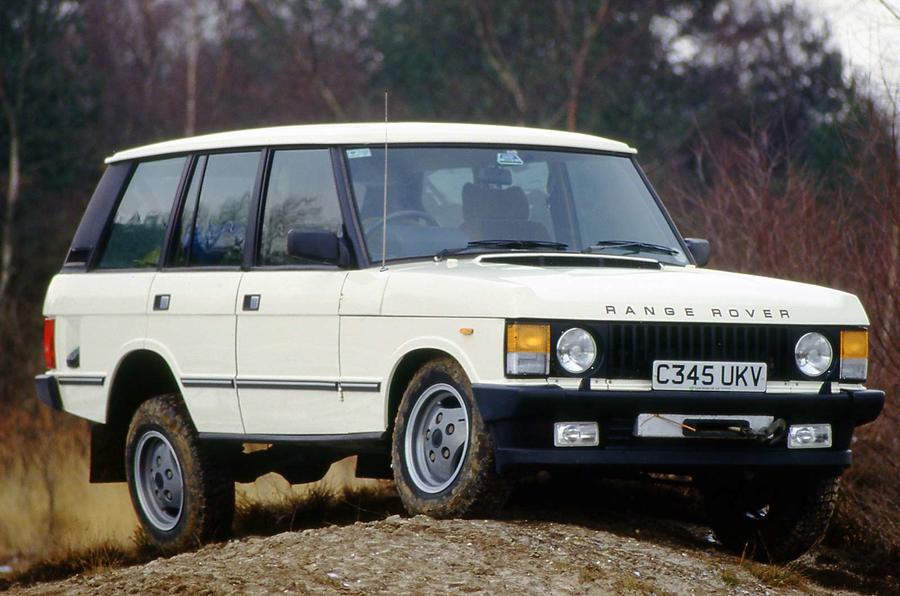
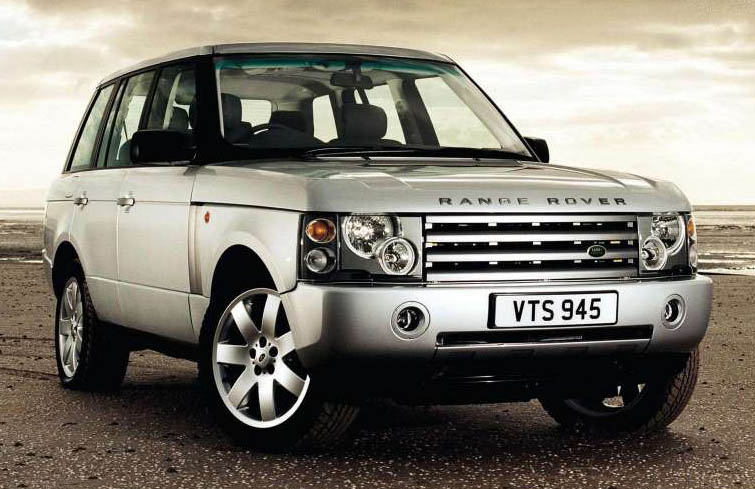
























































/editorial/galleryLandscape-gtnx66-ImageCut-15-1151x768.jpg)

























